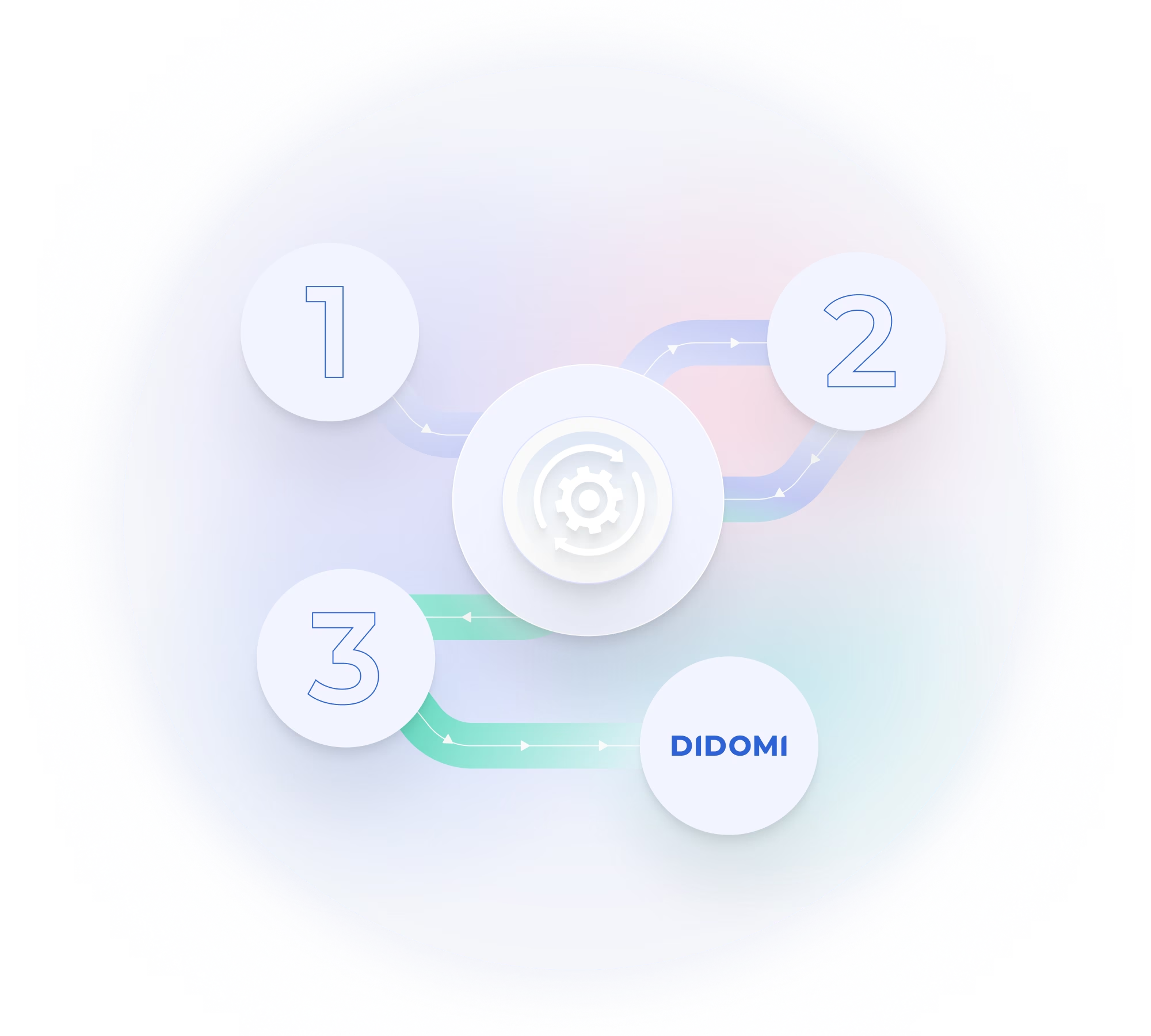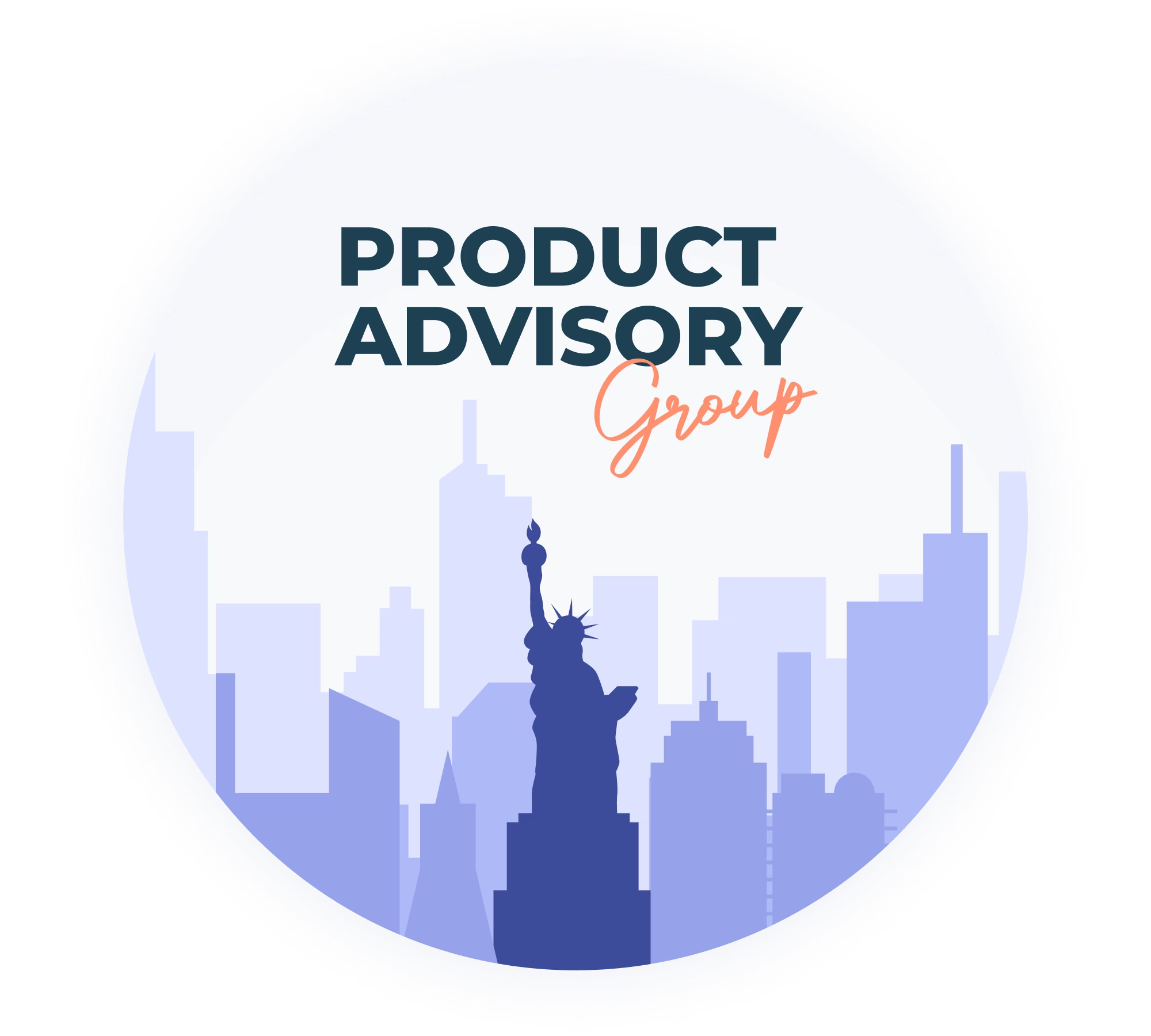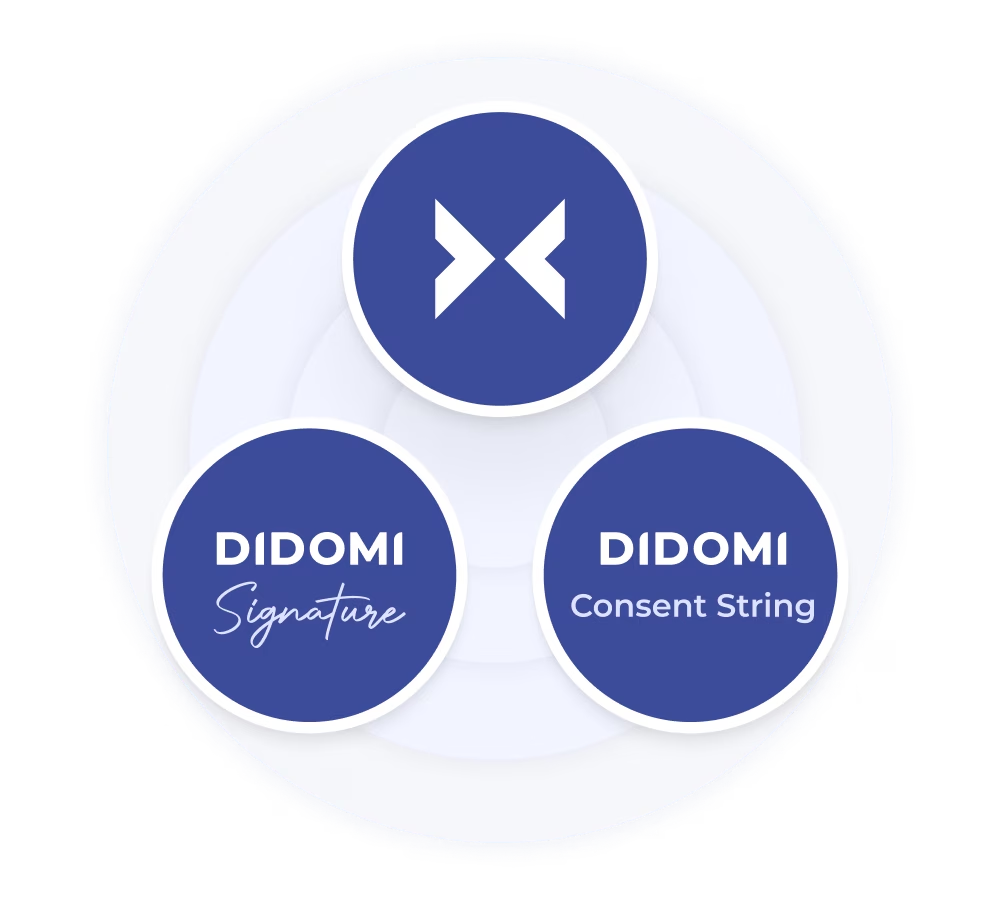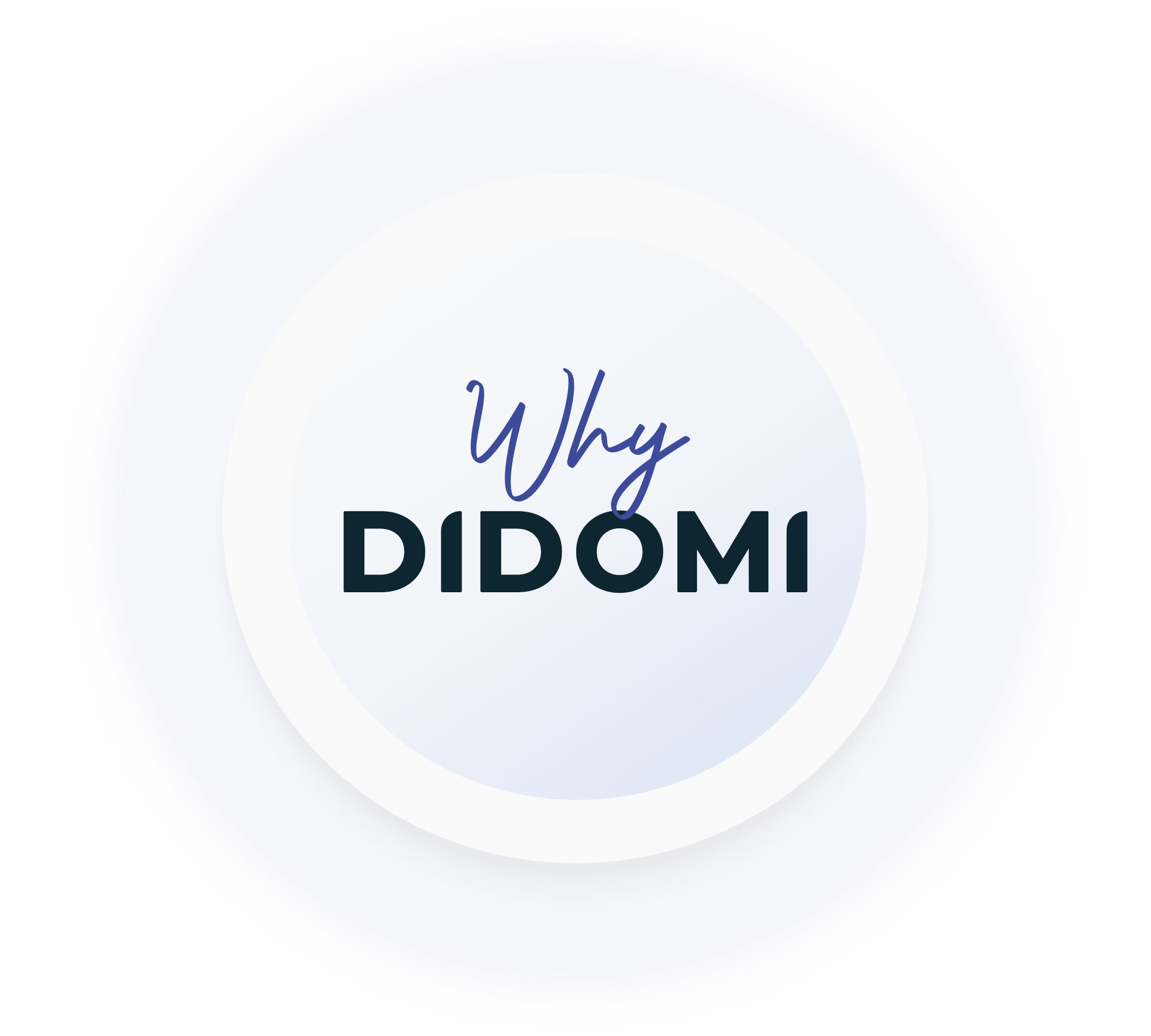Selecting the right Consent Management Platform (CMP) is a high-stakes decision and a company-wide project that often makes teams wary of changing providers once the initial implementation is complete.
If you’re reading this, you may be considering the option and wondering how to proceed. We see it all the time:
- Your current CMP provider is increasing its price dramatically;
- You’re underwhelmed by your current offer and look for more flexibility & support;
- You previously settled for an entry-level, low-cost solution, but now need more advanced customization and capabilities;
- You tried to build consent management internally, but quickly got overwhelmed by the task at hand
- Your organization is growing, and you need a data privacy partner that can support you in implementing consent management at scale.
Whatever the case may be for you specifically, you’re now seriously considering migrating to Didomi and want to learn more about what it involves and what the process would look like. You’re in the right place.
CMP migration 101: How does it work?
First things first, migrating to another CMP isn’t technically complex. CMPs all generally serve the same purpose, but with different approaches in both technical logic and user experience (UX).
As a result, a migration will mostly require configuration work, which causes coordination challenges (as opposed to technological ones).
A complete migration can generally take anywhere between a few days and a few weeks, depending on the project's size (i.e., the number of consent banners, the amount of customization expected, and the complexity of the use cases to address, among other factors). It will require diligent onboarding partners to assist you at every step.
What gets migrated when switching CMP?
Two main areas are transferred when switching from another CMP to Didomi, depending on the use case and previous implementation: the configuration of your CMP, and your vendors and tags setup.
CMP configuration
At the core of your CMP configuration lie essential concepts, including legal rules (consent settings), banner design and behavior, account and access management, as well as vendors and purposes.
All this can be migrated from your previous setup, and augmented thanks to our CMP capabilities, with more customization options to create a comprehensive privacy user experience (UX) tailored to your organization.
Because different CMPs have different approaches to collecting, storing, and distributing consent, this aspect of the migration can take more or less time depending on your previous setup. To ensure a thorough and compliant process, we recommend that organizations recollect valid user consent from their users, while storing proof of consent collected previously in case of an audit assessing compliance before the switch.
Vendors and tag management
This is the most critical aspect of the migration in terms of impact, as revenue is often closely tied to vendors and tag settings. It’s imperative to ensure that:
- Vendors are mapped carefully
- Google Tag Manager is properly set up
Thankfully, when switching to Didomi, you can rely on a team of onboarding experts who provide their expertise, guidance, and comprehensive documentation.
CMP migration flow: What are the steps involved?
Refer to the following graph for an idea of what a complete CMP migration flow could look like.
Note: Keep in mind that it will largely depend on your previous provider and the complexity of the setup:
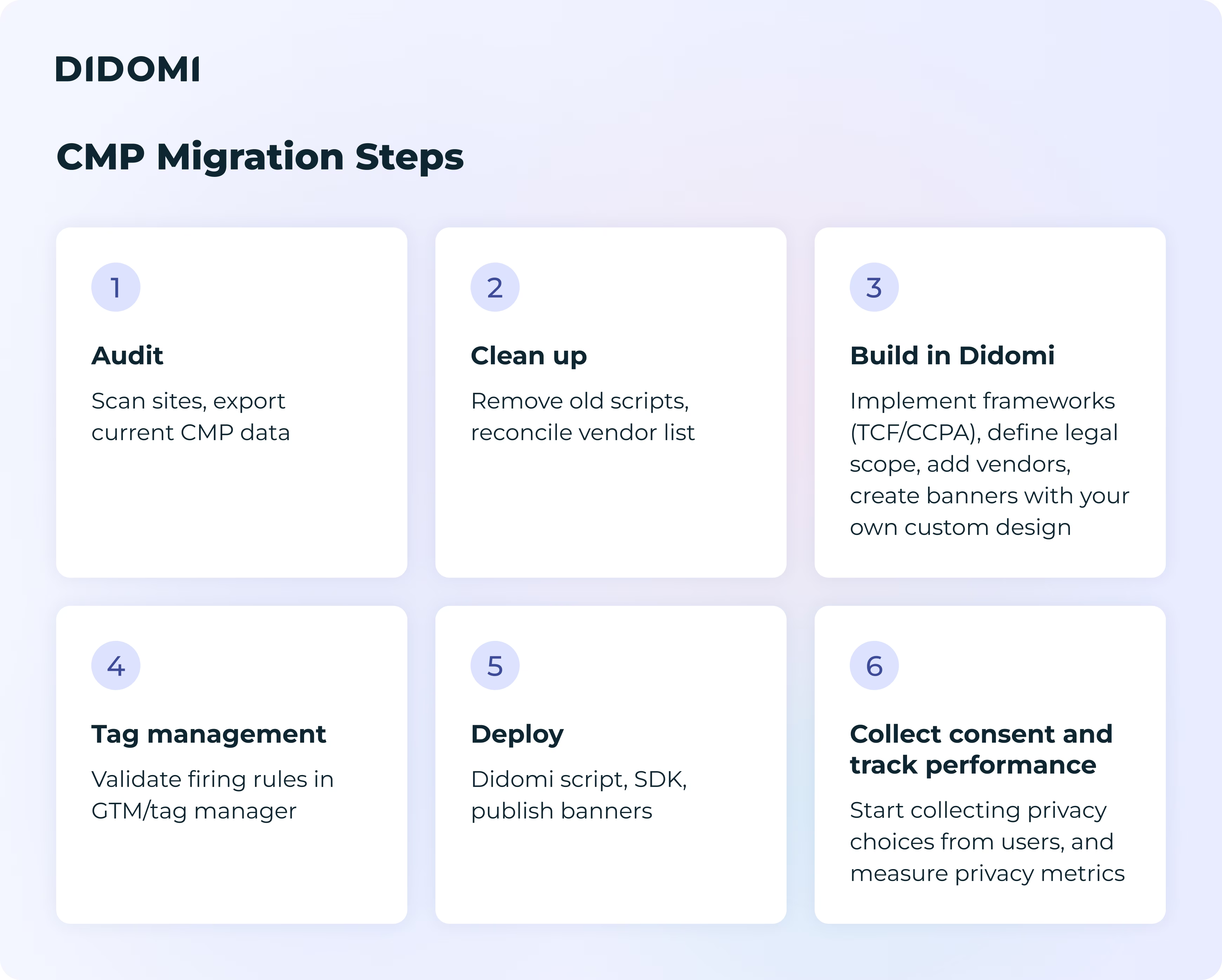
Detailed CMP migration checklist
Once you’re familiar with the overall flow, use this checklist to plan each phase of your migration with your technical, legal, tech, and marketing teams:

Get started with your migration to Didomi today
Our team can support your migration as soon as you’re ready. We will be with you every step of the way to ensure a smooth transition towards a transparent, flexible CMP that will provide more options, better coverage, and a team of experts at your disposal.
Still unsure if Didomi is the right fit for you? Check out what our clients have to say about us, compare our CMP with other options on the market, or book a time with our team directly to discuss your challenges and assess whether a migration would be the right choice:
{{talk-to-an-expert}}
Frequently Asked Questions (FAQ)
Do I lose my existing consent data if I migrate to Didomi?
No. Didomi can import and store historical consent data from your previous provider to preserve auditability and compliance records.
However, because consent mechanisms differ between CMPs, we generally recommend recollecting valid consent from users after migration to ensure full compliance with GDPR and other privacy frameworks.
How long does a typical migration to Didomi take?
Most migrations are completed within a few days to a few weeks, depending on the complexity of your setup. This includes the number of sites, banner customizations, and integrations.
Your onboarding manager will define a clear timeline based on your organization’s needs.
Is migration technically complex? Do I need developers involved?
Migration to Didomi is rarely a heavy technical project. Most of the work involves configuration and testing rather than code.
That said, developer involvement is recommended to update scripts, ensure proper tag firing, and validate consent propagation across your properties.
Can Didomi support both websites and mobile apps during migration?
Yes. Didomi supports consent collection and management across web, mobile apps (iOS and Android), and even connected devices.
Our SDKs and onboarding documentation ensure a consistent experience across all platforms.
Will my opt-in rates change when I switch to Didomi?
In most cases, switching to Didomi improves or maintains your current opt-in rates.
Our platform enables advanced design customization, A/B testing, and precise rule configuration, all of which can optimize user experience and consent performance over time.
To learn where your current performance stands, check out our yearly consent benchmark.
How do I ensure my new setup remains compliant after migration?
Didomi automatically enforces the latest consent frameworks (IAB TCF, CCPA, RGPD, etc.) and provides real-time compliance analytics. You’ll also have complete visibility into proof of consent, purpose definitions, and vendor lists directly from the Didomi Console.
Can I get help from a partner or agency for my migration?
Absolutely. Didomi works with a certified global network of implementation partners and agencies that specialize in consent management, tag governance, and analytics. They can manage your migration end-to-end or collaborate with your in-house teams for a faster, smoother transition.
Can I customize my consent banner during the migration process?
Yes. You can rebuild or adapt your consent banner using Didomi’s design editor or custom code. Many clients take migration as an opportunity to refresh their privacy UX, aligning design, messaging, and compliance in one go.
What happens to my existing Google Tag Manager (GTM) setup?
Your GTM configuration remains intact. During migration, you’ll simply review and validate firing rules with our onboarding specialists to ensure all tags and vendors behave as expected in your new setup.
What kind of support does Didomi provide during and after migration?
From kickoff to post-launch, our onboarding specialists, Customer Success Managers, and support documentation ensure a seamless transition.
You’ll also have access to ongoing technical support, analytics insights, and partner resources to keep your setup evolving with regulations and business needs. Our client teams are recognized as some of the best in the industry by software review aggregator G2.

.svg)





